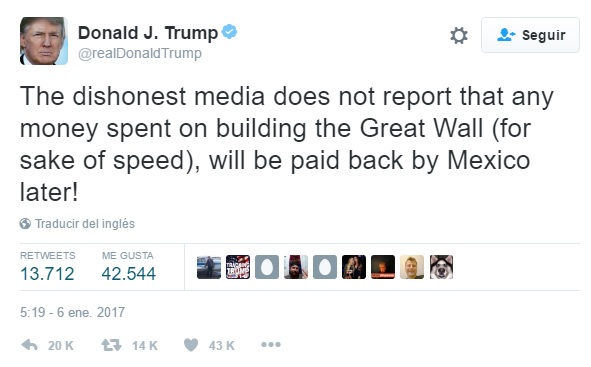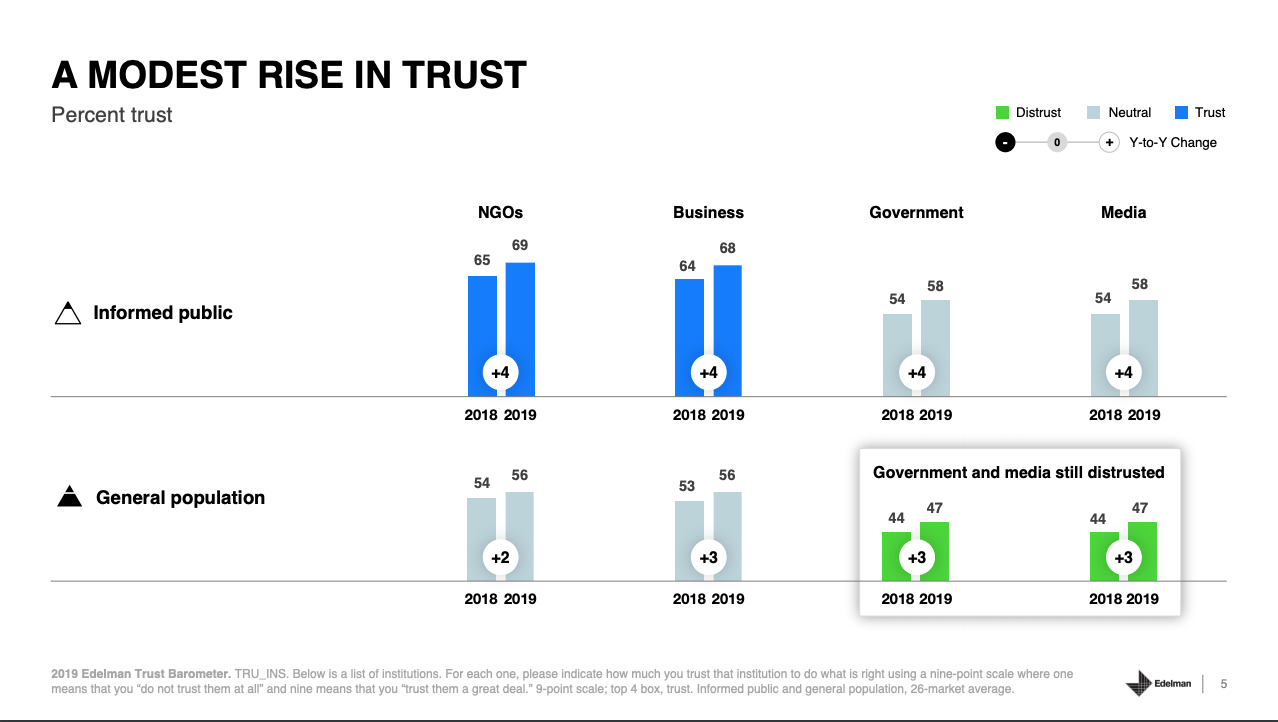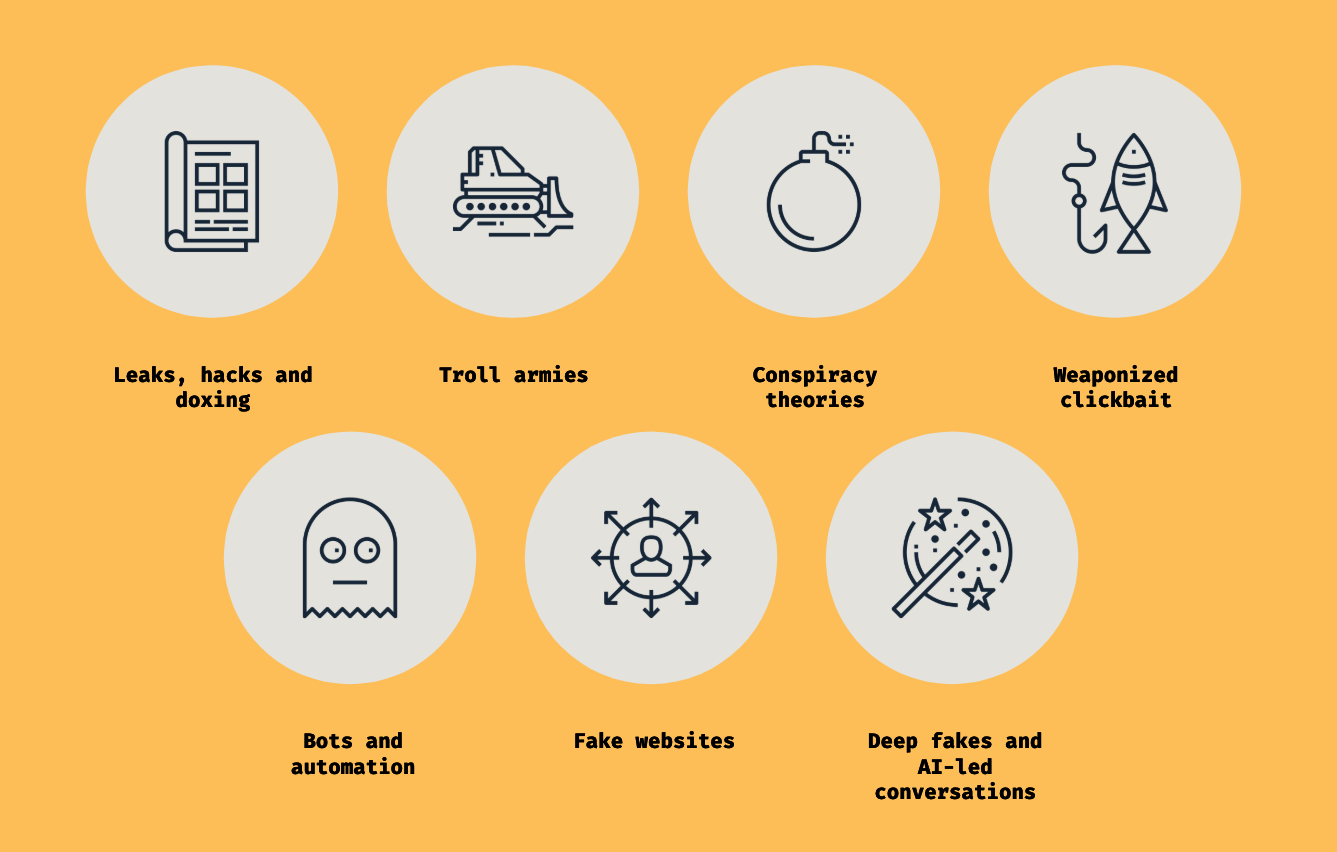
What brands can learn from political marketing
I was recently invited to share my experience at START Summit, a conference hosted by the University of St. Gallen. They asked me to speak about politics. Well, I decided not to take the obvious approach. While many experts are showing how politics are trying to mirror marketing tactics, I talked about the things brands can learn from political marketing. Here’s a quick look at my keynote.
“We live in the age of Big Data”, I said.
Ok, ok, I know. This is old news. I think we can all agree on this one. But what does it really mean? It doesn’t mean that you need to use Big Data. Rather, it means that Big Data has deeply transformed the way people behave and interact. So you need to adjust to these new patterns. That’s what it means.
In the age of Big Data, business marketing, and political marketing both share a set of tools that help them reach out to and convince their audience. What was once a bold, creative take on digital is now a basis for every marketing action. Served by a number of cost-effective, accessible online services.
Today, every marketer can take advantage of such tools as:
- Detailed audience segmentation
Cross-device targeting
- ‘Psychographic’ or similar techniques
- Email lifecycle
- AI to target, measure and improve campaigns
- AI to automate content generation
Super specific retargeting
- Extensive A/B testing of messages
- Leverage of fan-made memes and media
- Use personal data to predict election results
- Programmatic advertising
- CRM
Sparking reaction to gain visibility
You would think that when everyone uses the same tools, then it’s hard to differentiate, right? Well, in 2016 something happened. Donald Trump conquered the White House using a media budget that was 8 times less than Hillary’s.
Both had marketing teams using the same set of tools we discussed above. So how did Trump win? He used a different kind of messages.
Messages that generated their own media space so he didn’t have to pay for it.
Whenever he spoke or tweeted, his goal wasn’t really to communicate a specific, sensible argumentation. It was not to share his program. No, his main goal was to get attention. So he shared messages designed to spark a reaction.

For example, Trump said he would build a wall to prevent immigrants to enter the US through the Mexican border. People started to picture the wall in their heads. For many, it seemed just unimaginable. The idea was ridiculously simplistic. Unrealistic.
It was impossible not to react. Impossible not to criticize. Impossible not to laugh at Trump.

“Here are all the problems with Donald Trump’s plan to build a massive wall along the US-Mexico border” (Business Insider) “Here’s Why Donald Trump’s Plan to Build a Wall Is Bogus” (Fortune)
But while the mainstream media was listing all the factual, professional reasons a wall was not possible, too expensive, not a realistic and efficient solution… While the whole world was laughing at crazy Trump, a growing number of Americans was very interested in the idea of locking the border. Whether that locking would be physical or by other means was not important.
They just loved that a guy was promising to keep the US safe and unspoiled.
Trump’s plan worked quite well.
There will be losers
Hillary stuck to the old world. She spent millions of dollars on TV advertisements. She tried to be the sensible kid in the room. She was polite and respectful. She lost.
Trump said silly things. He deliberately attacked Democrats to outrage them. Since most of the mainstream media were on the left side, they weighed in on the outrage, thus making the topic trend on social media and in the general public. This way Trump strengthened his position among his target audience who felt ignored by the mainstream media.
In the old world, you would try and engage your audience AROUND an idea or a set of values. But you could only engage so many people. Today, you engage people AGAINST an idea or a set of values. Or against an opponent by ridiculing them.
So here’s what we can learn from the Trump campaign. Today, the best way to get publicity is to attack your opponents and spark indignation. Then you sit back and watch as the mainstream media talk about your topic and ideas.
And boy, there are many things to attack today. According to this year’s Edelman Trust Barometer, only 1 in 5 people believe that “the System” is working for them. People feel they’ve been betrayed by the establishment. So everyone who’s been contributing to building the current status quo is in danger. Politicians are in danger.

And it’s an opportunity for business. Right now, trust in the media and government are 10 points behind the world of business and NGO’s. It means people don’t rely on politics anymore. But they do trust business. So there’s an opportunity for businesses to claim societal issues that are usually handled by politics.
Take a look at Coop’s “Action, not words” initiative for sustainability. It’s not so different from a political program, is it? But before we dig into this topic, there’s one more learning that I need to share.

The Age of outrage
In the social media era, the race for likes has deeply transformed the way we behave online. Raise your hands if you have ever posted something you felt was really important, or true, or perfectly expressing your thoughts? How much time did you spend monitoring if people would like and react? How thrilled were you when people reacted? How sad were you when you didn’t get as many reactions as expected?
Now here’s a surefire way to get likes: split your audience. Why is splitting important? Because you make the audience choose. They’re either with you, or they’re against you. But if they’re with you, it’s much stronger than a classical “I kind of like this guy”. And the best way to split the audience is to leverage moral emotions.
And soon, the race for likes by politicians ended up in leveraging outrage in everything. One of the most powerful emotion, outrage is the best way to engage people in reacting and sharing stuff. Because you feel you HAVE to share. You need to show the world you care about the topic. You need to show you on the right side.
What about business? Can you as a business use these tactics? It would be great, wouldn’t it?
Remember this Microsoft commercial where Android users and iPhone users are fighting at a wedding? Well, it’s a funny commercial. But the funniest part is, we know it will never happen. In real life, people will gently mock the other tribe make a joke or two… and stop there.
But what if it could be real? What if your brand could really engage people so much they could… well, not fighting because violence is not an answer. But let’s say, what if your brand could trigger a conversation as passionate as a political topic?
Well, it has already started.
Anti-American Nike?
In the past months, two brands took a bold stance that split the audience. There were fierce opponents and passionate supporters. An intensity you don’t see with classical marketing campaigns.
In September 2018, Nike published an ad starring Colin Kaepernick. A plain, black and white picture of the athlete with the words: “Believe in something, Even if it means sacrificing everything.” At first sight, it’s one more motivational address for the sports brand who’s bee urging us to “Just do it” for more than 30 years.

But it’s much more, actually. In 2016, Kaepernick kneeled down during the national anthem before an American football game. He said he did it to protest against police violence targetting the Afro-American community. Kaepernick has been punished by the National Football Association and hasn’t been able to play ever since.
The Nike ad address takes a whole different meaning, doesn’t it? Well, no wonder it sparked such strong reactions. On the one hand, black communities are loving Nike even more since the brand stood by one of their heroes. On the other, some people decided to burn their Nike shoes and apparel to protest what they saw as an anti-American stance.
That’s what you call splitting. And you can’t split if you only use new colors for your sneakers or use a new kind of fabric for your apparel.
Anti-men Gillette?
And then there was Gillette. Early 2019, the razor brand aired a commercial where they condemned “toxic masculinity”. The video pictures a series of men behaving badly towards women, kids or each other. It urges men to act in a nicer way, be more sensitive and not understate violence. The brand rephrased their famous slogan “The best a man can get” into a question: “Is this the best a man can be?”

For a brand like Gillette, it’s quite a bold move. In the #metoo era, male abusive behaviors toward women are a hot topic. Being an influential, mostly men-targeted brand, Gillette decided to take a stand and question what sort of behavior defines manliness.
The ad sparked an avalanche of angry comments. Some are saying that Gillette is standing against men, denying them their masculinity or making them too feminine. There were calls for boycotting the brand and very strong statements such as Piers Morgan tweeting:
https://twitter.com/piersmorgan/status/1085199832808124418?lang=en
Of course, many people loved the ad.
The dark toolbox
Constantly fueled outrage is the destination and the dark toolbox is what gets you there.

Some tools in detail:
Troll armies
A troll on the internet is someone whose only purpose it is to upset other people. They make off-topic comments, post inflammatory content and provoke whoever is provokable.
Knowing how to spark their interest has immense potential for viral marketing. Best practice used to be to offer content that people liked wanted to share with their friends. Now, we aim at creating “memable” content. Pictures and statements the community can play with, alter, recycle and transform to produce new content in the form of memes.

Donald Trump stated that Hillary Clinton was the devil impersonated. Many news sources picked up on that statement. This started a massive avalanche of memes picturing her as Satan, with horns and red eyes. This didn’t sit well with conservative Americans and made them turn away even more from Hillary.
Weaponized clickbait

Amazing article, right? Did you read past the first paragraph?
70% of the people comment on scientific articles, before they read it. 59% even share them. This article doesn’t have any content, besides a standard lorem ipsum text. People commented on it and shared it more than 45’000 times.
Findings like these started the war of the headlines. Whoever wrote the most provocative headline received the most clicks, shares, and comments. What was written inside the article was suddenly not so important anymore. Content doesn’t matter in the rage game.
Bots & automation
Take a look at the comparison of bot usage between Hillary Clinton and Donald Trump:

Massive difference! The botnet of Trump was far more centralized and interconnected, suggesting a higher degree of planning and organization.
The purpose of these bots is to mimic human interactions. They comment, share and like content all over the internet to reach a pre-defined goal.
Each bot gets carefully programmed to follow a specific procedure, based on the input it receives. If the bot classifies person A as a supporter and person B as an opponent, it will push supportive content to person A and argumentative content to person B.
If set up right, a sophisticated cluster of bots make sure, everyone sees exactly what they need to see, to ensure their support.
Businesses suck at meaning
You can’t summon troll armies if you don’t know what to feed them. You can’t weaponize clickbait if you don’t know your audience, and bots will be useless if you don’t have relevant content to spread. It’s all about meaning.
Over decades brands have learned that discount coupons and flashy ads work. But they work once, for a specific promotion. They don’t create a loyal fan (customer) base. It’s time for brands to challenge this mindset.
Nowadays it’s necessary to split your audience in order to be successful. To do that, you need to be controversial and leverage moral emotions. This is the best way to spark indignation.